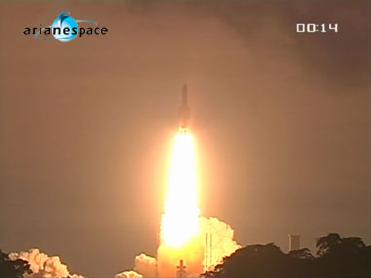
Ariane 5 flight V195 lifts off from Europe's Spaceport in French Guiana, carrying the Arabsat-5A telecommunications satellite and the multi-mission COMS satellite, into geostationary transfer orbits. Arianespace photo
SEOUL (BNS): South Korea has successfully placed its first geostationary ocean-weather satellite into orbit, a media report said.
The Chollian communication, ocean and meteorological satellite (COMS) blasted off from French Guiana on an Ariane 5-ECA rocket at 6:41 a.m. (local time) Sunday, after a long delay due to technical problems, a Yonhap report said.
According to the Ministry of Education, Science and Technology, the satellite successfully reached "geostationary transfer orbit" and separated from the second stage rocket roughly 32 minutes after takeoff at an altitude of little over 2,000 kilometers.
The Dongara ground station in Australia established initial contact with the Chollian at 7:19 a.m. - an indication that the satellite has reached a correct orbital path and its electrical, on-board equipment and flight position were all normal, the ministry said.
Ariane 5 also launched the Arabsat-5A telecommunications satellite into orbit. Arabsat-5A will be positioned in geostationary orbit above the equator at 30.5°E to provide telecommunications and TV broadcasting services in the Middle East and North Africa in the Ku- and C bands.
South Korea’s COMS, to be positioned in geostationary orbit over 128.3°E, carries three payloads dedicated to meteorology, ocean observation and telecommunications.
South Korea is the seventh country after the United States, the European Union, Japan, China, India and Russia to operate an independent weather satellite and the 10th to build its own communications satellite.
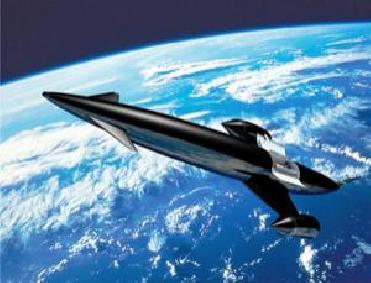 Next Article
Next Article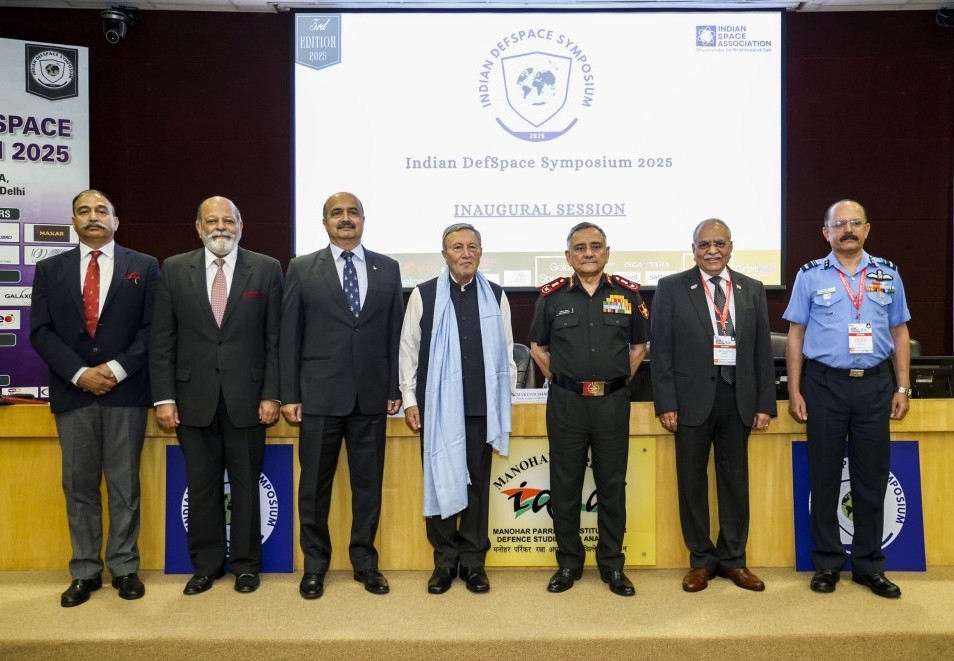
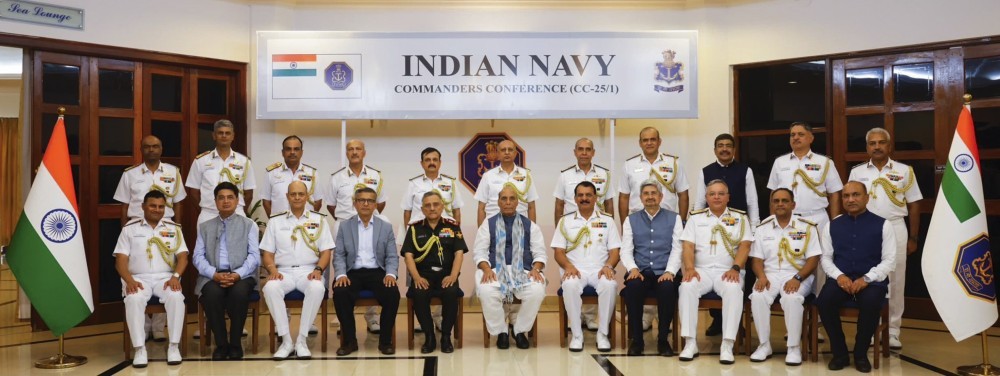
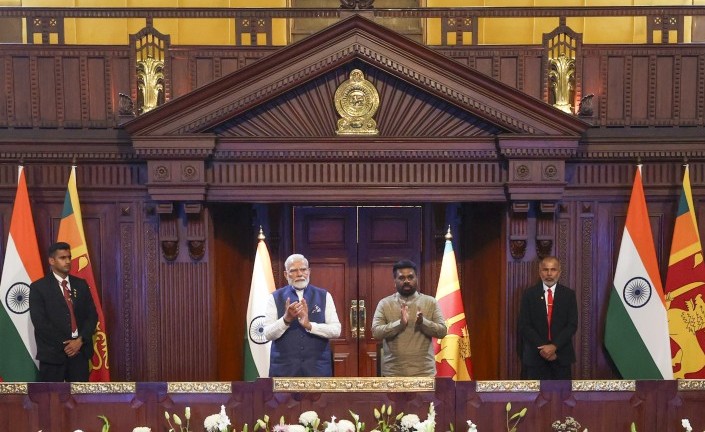
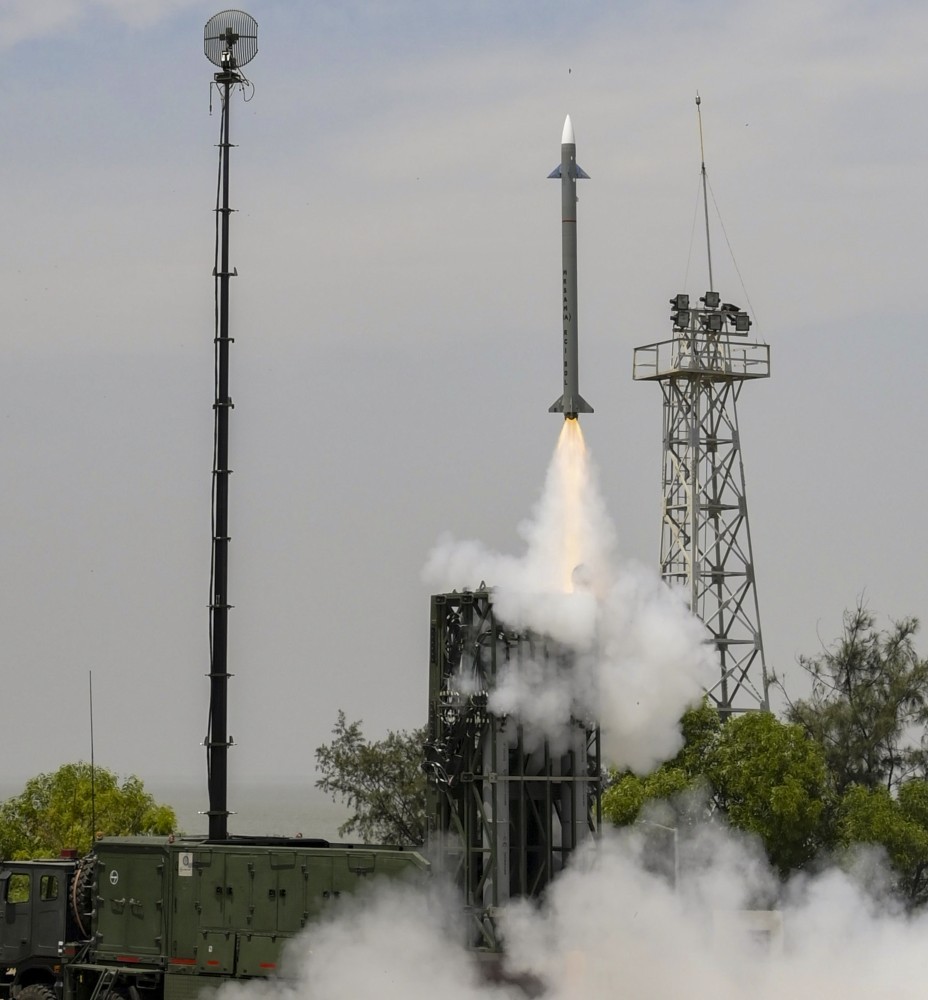










The Indian Air Force, in its flight trials evaluation report submitted before the Defence Ministry l..
view articleAn insight into the Medium Multi-Role Combat Aircraft competition...
view articleSky enthusiasts can now spot the International Space Station (ISS) commanded by Indian-American astr..
view article